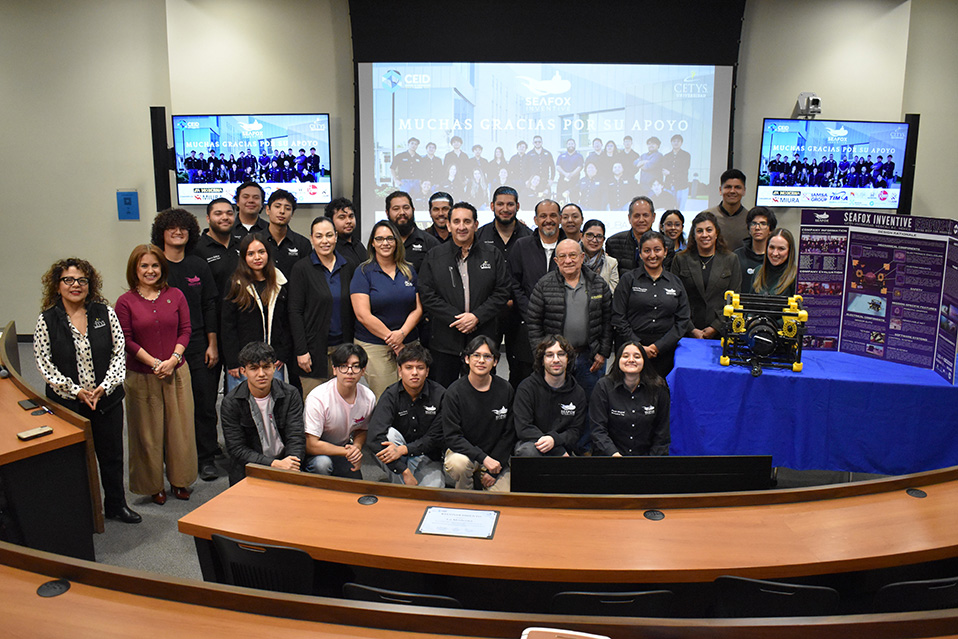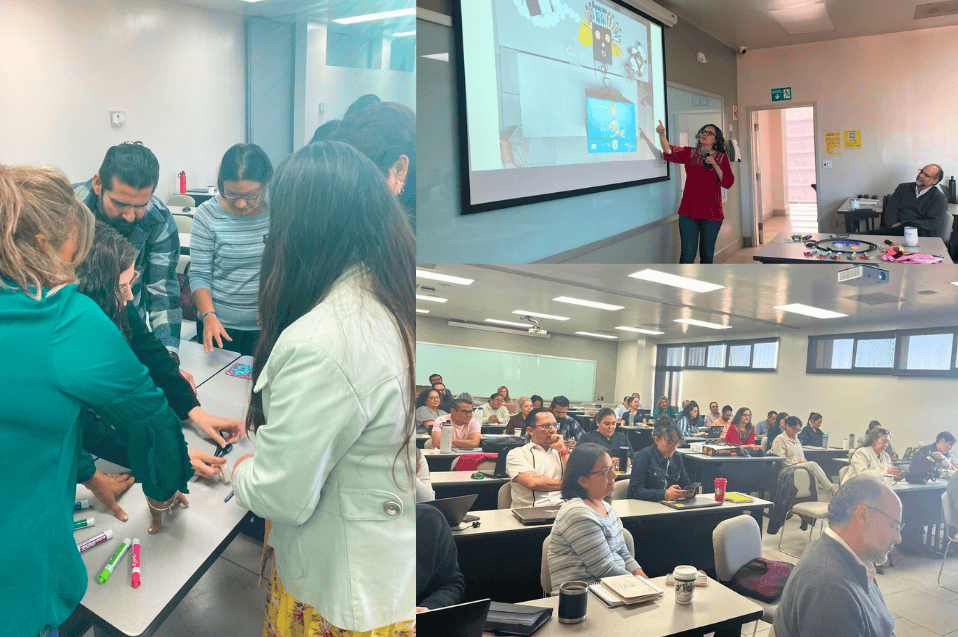-Dara Gallo, Sofia Garcia and Yongshan Fang
Every day, a plastic manufacturing company in Mexicali works against the clock to ship products across the U.S. border—but long customs inspections often bring progress to a standstill. This research explores how strict border security procedures are creating costly delays, disrupting production schedules, and straining supply chains. What should be a strategic advantage— proximity to the U.S. market—has become a logistical hurdle. Through the lens of one company’s experience, this study uncovers how red tape at the border affects not only local manufacturers, but also the larger trade relationship between Mexico and the United States.
How Border Delays Are Choking Mexicali’s Manufacturing Sector
Along the arid desert stretch where Mexicali meets the California border, a silent challenge is building—one that threatens the lifeblood of this city’s economy: cross-border trade.
Mexicali’s factories have long thrived on their ability to move goods efficiently to the United States. For plastic manufacturers in particular, proximity to the border is a major asset. But recently, that advantage is starting to fade. New layers of customs procedures, tighter inspection protocols, and growing uncertainty around trade regulations are turning the once-smooth flow of goods into a logistical puzzle.
A Local Manufacturer’s Dilemma
In a recent case study, we examined the experience of a plastic manufacturing company in Mexicali that exports its products directly to the U.S. The company has modern systems in place—lean production models, just-in-time inventory, and well-established logistics channels. Even so, they’re now facing delays that ripple across their entire operation.
It starts at the border: long wait times, increased inspections, and frequent documentation checks. What used to be a predictable process has become a source of daily uncertainty. For a company that relies on tight delivery windows and efficient production scheduling, even a small disruption can mean serious costs.
Why Is This Happening?
In recent years, the U.S. has adopted stricter customs and border protection measures, aiming to enhance national security and ensure compliance with new trade frameworks. These efforts, while important, have led to more complex and time-consuming procedures for exporters on the Mexican side.
For example, more frequent cargo inspections and stricter document verification now mean that shipments can be held for hours—or even days—before being cleared. While not necessarily the result of a single political decision, this shift reflects a broader trend: supply chains are now operating in an environment where trade and security are deeply intertwined.
The Ripple Effect on Business
The consequences of these changes are real and far-reaching. In the case we studied, customs delays disrupted the arrival of raw materials and slowed down the shipping of finished products. This caused missed delivery deadlines, unexpected storage costs, and difficulty maintaining contracts with suppliers and clients.
Worse, the unpredictability made long-term planning nearly impossible. As one company representative told us, “You can build the best production schedule in the world—but if your truck is stuck at the border, none of it matters.”
Adapting in Real Time
Despite these challenges, the company has worked hard to adapt. They’ve invested in ERP (enterprise resource planning) systems to monitor and forecast shipment delays. They also partner closely with experienced customs brokers who help manage the
growing maze of documentation. These strategies have helped reduce the negative impact—but not eliminate it.
Larger firms with more resources may have the tools to adjust. But for smaller manufacturers in Mexicali, the costs of compliance, delays, and lost time can become overwhelming.
The Bigger Picture: Policy and Industry Must Align
While border security will always be a priority, it’s important for policymakers and industry leaders to find a better balance between safety and trade facilitation. Companies in border cities like Mexicali rely on timely, reliable customs processes to stay competitive—not only in North America, but in global markets as well.
Digital solutions, such as Mexico’s Single Window system, show promise in improving customs efficiency. But adoption remains inconsistent, especially among smaller firms. Trade authorities could help by offering training, reducing paperwork burdens, and coordinating better across borders.
Conclusion: Time Is Money, and the Clock Is Ticking
Mexicali’s manufacturing sector has the potential to grow—especially in the context of nearshoring and regional trade. But customs-related delays are quietly eroding that opportunity. This case study serves as a warning: without targeted improvements in border logistics and policy coordination, even the best-run companies can be brought to a standstill.
For now, manufacturers in Mexicali continue to navigate the border as best they can— working around the clock to make sure that when a product is ready to ship, it gets where it needs to go. On time. Every time.










